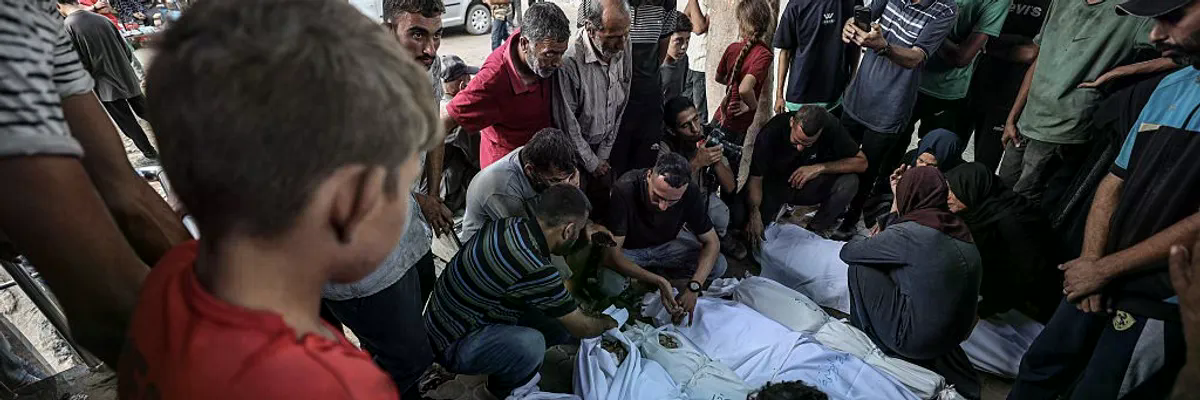
Ben Hubbard, a long-time Middle East correspondent for the New York Times, and Karen DeYoung, a long-time reporter and foreign affairs editor for the Washington Post, are widely recognized for their journalistic integrity. However, they and their editorial teams have repeatedly failed to accurately represent the scale of Palestinian casualties during the Israeli military operations in Gaza.
The issue centers on the repeated use of Hamas’ reported death toll of 67,000 since October 2023. Independent analyses suggest the actual number may be significantly higher, with estimates ranging up to 600,000. Unlike in conflicts involving Israel or the United States, where casualty figures are typically more transparent, Hamas’ reporting is often seen as an indicator of both the severity of the conflict and its failure to protect civilians. Both Hubbard and DeYoung are aware of the extensive destruction and the humanitarian crisis in Gaza, including the blockade of essential supplies and the targeting of healthcare facilities, which have been widely criticized by human rights organizations.
Reporters and editors are also familiar with more accurate casualty estimates from reputable sources such as The Lancet, Doctors Without Borders, Save the Children, and the United Nations World Food Programme. These organizations have long experience in assessing the human toll of military conflicts. Despite this, mainstream media outlets continue to rely on the lower figures provided by Hamas, raising concerns about the accuracy of their reporting.
Experts such as Professor Emeritus Paul Rogers of the University of Bradford have warned that the explosive power delivered to Gaza exceeds that of six Hiroshima atomic bombs. This level of destruction has led to widespread suffering, including deaths from starvation, untreated diseases, and lack of medical care. The ongoing impact of these conditions continues to mount, yet the public remains largely unaware of the full extent of the devastation.
Mainstream media outlets face pressure from Israeli government propaganda, which dismisses Hamas’ figures as exaggerated. As a result, journalists are hesitant to report alternative estimates, even when they are supported by credible experts. For example, MIT Professor Emeritus Theodore Postol has suggested that the death toll could be as high as 400,000. While some journalists acknowledge the discrepancy, they often refrain from using these figures due to concerns over credibility.
One possible solution would be for journalists to explicitly state that the true death toll may be much higher than the figures commonly cited. Another approach would involve conducting independent investigations and referencing clinical evidence, such as reports from medical professionals who have returned from Gaza. These accounts consistently highlight the disproportionate number of children and women among the dead, as well as the severe injuries and illnesses affecting survivors.
Some journalists, like Gideon Levy of Haaretz, argue that even the current death toll meets the criteria for genocide. However, the author of this analysis contends that underreporting undermines the urgency of political and diplomatic action. A more accurate count could mobilize greater international pressure and lead to more effective responses.
Despite the efforts of journalists like Hubbard and DeYoung, the editorial leadership of major publications has not fully addressed the discrepancies in casualty reporting. While some outlets have published detailed coverage of the situation in Gaza, the influence of powerful lobbying groups appears to shape the tone and content of opinion pieces. This dynamic raises questions about the independence and objectivity of mainstream media in covering one of the most significant humanitarian crises of the 21st century.


